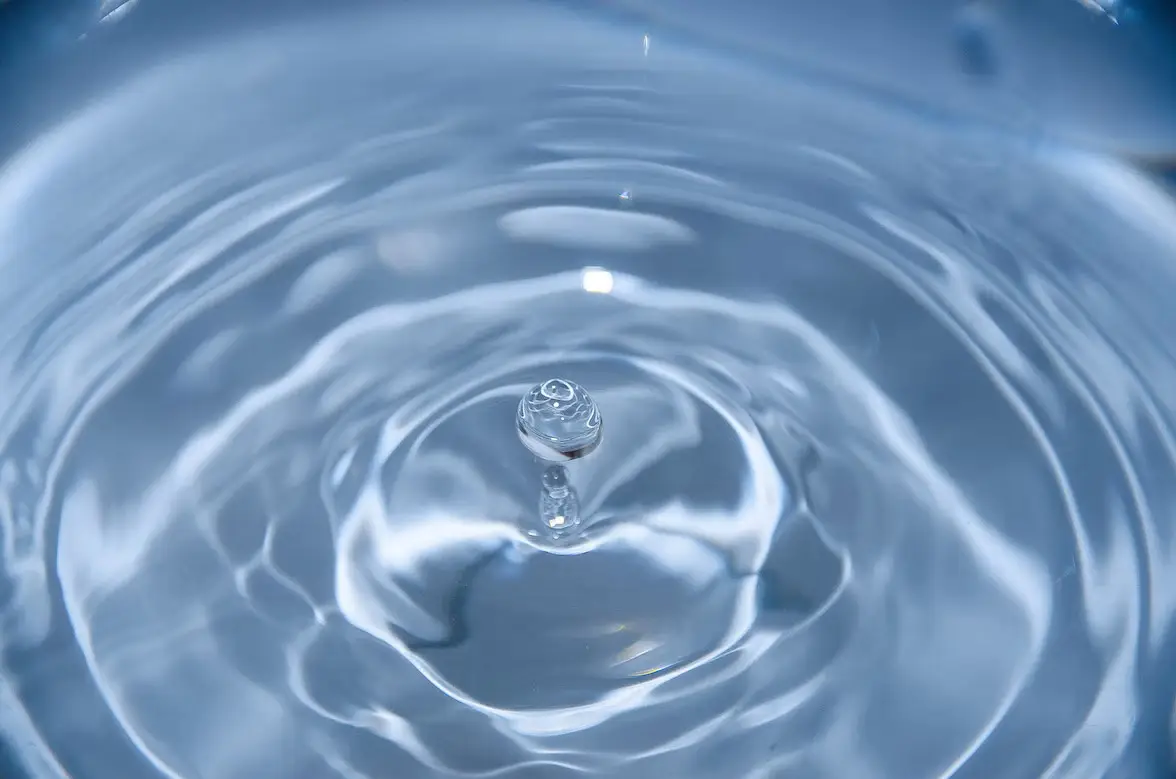Dewatering biosolids is an important practice that can reduce waste and save money–find out what it is.
Depending on the nature of your construction work, you are likely to run into instances where dewatering biosolids is necessary. Many people use this practice to help reduce waste and improve their operations in a huge way. In this article, we are going to explore what it means to dewater biosolids–and what makes it such an important process.
Dewatering of Biosolids: A Guide
Inside most biosolids, there are various features present. One of those features is water, which is why dewatering is such a big deal. There are times when it is appropriate to remove the water from your biosolids. For many companies, this can offer a huge boost to productivity and make processes easier. Let’s explore all of this in more detail.
What Does Dewatering of Biosolids Mean?
Before we can explain the value of dewatering biosolids, we need to address what it actually is. In the context of commercial construction, dewatering biosolids is a process that focuses on physically removing the water within biosolids to change the biosolids themselves. When we remove water, the actual texture, consistency, and breakdown of these materials changes–and this can have many benefits.
Why Do We Need to Dewater Biosolids?
There are a lot of perks that companies gain when they remove water from their biosolids. Biosolid dewatering is cost-effective and can even make your work on the site easier. The biggest perk that comes with it is the huge savings that companies receive. When you remove the water from your materials, you are drastically reducing their weight and volume. This means that it is much easier–and cheaper–to transport waste for disposal.
In addition to savings, dewatering biosolids is a practice that is becoming more essential for waste disposal in general. This process can allow you to meet certain disposal standards and can actually make your site’s waste less hazardous. These are some pretty big benefits for your company and the environment.
Who Should Be Dewatering Biosolids?
Different industries might use this process for different reasons. However, one primary use is by construction companies that are breaking new ground. It is important for these companies to use this process to help improve the practice and stay modern with waste removal. Companies that are employing construction teams should also ask about this process to ensure that it is being used. It is a much better practice to keep than some of the alternatives.
The Takeaway
Construction teams must be efficient and eco-friendly when they are working on new projects. You can use a dewatering centrifuge to remove excess water from your biosolids and enjoy the many benefits that come with this process. Before you sign on to your next big project, ask yourself how this process can improve your practices. To learn more, contact us today.


